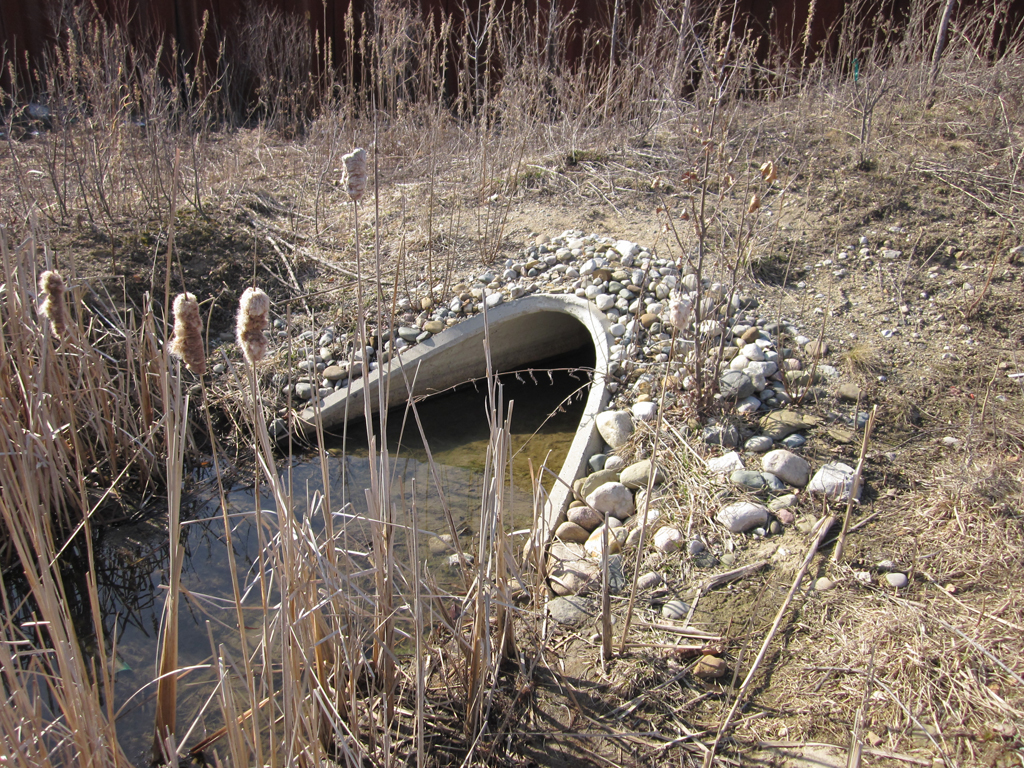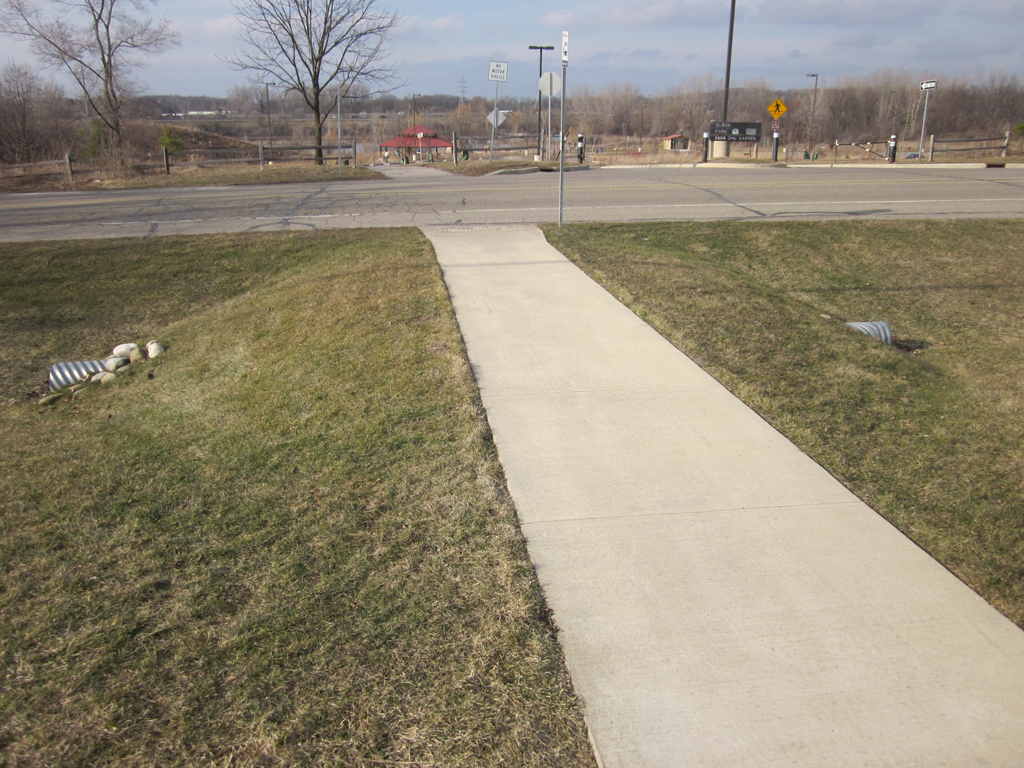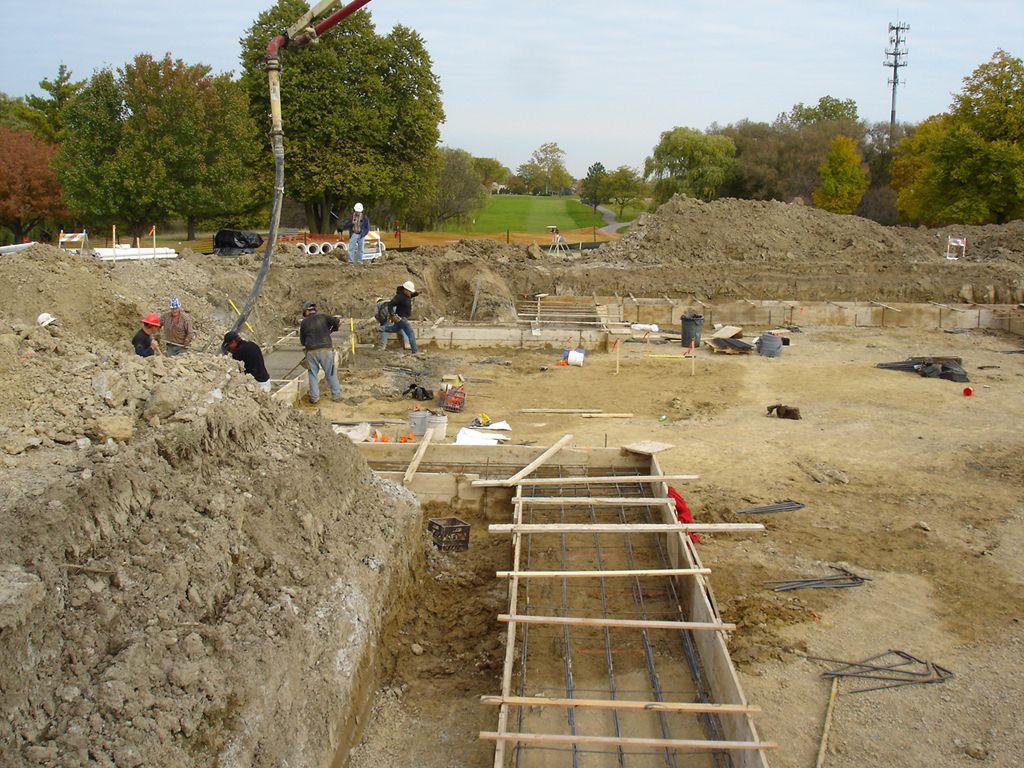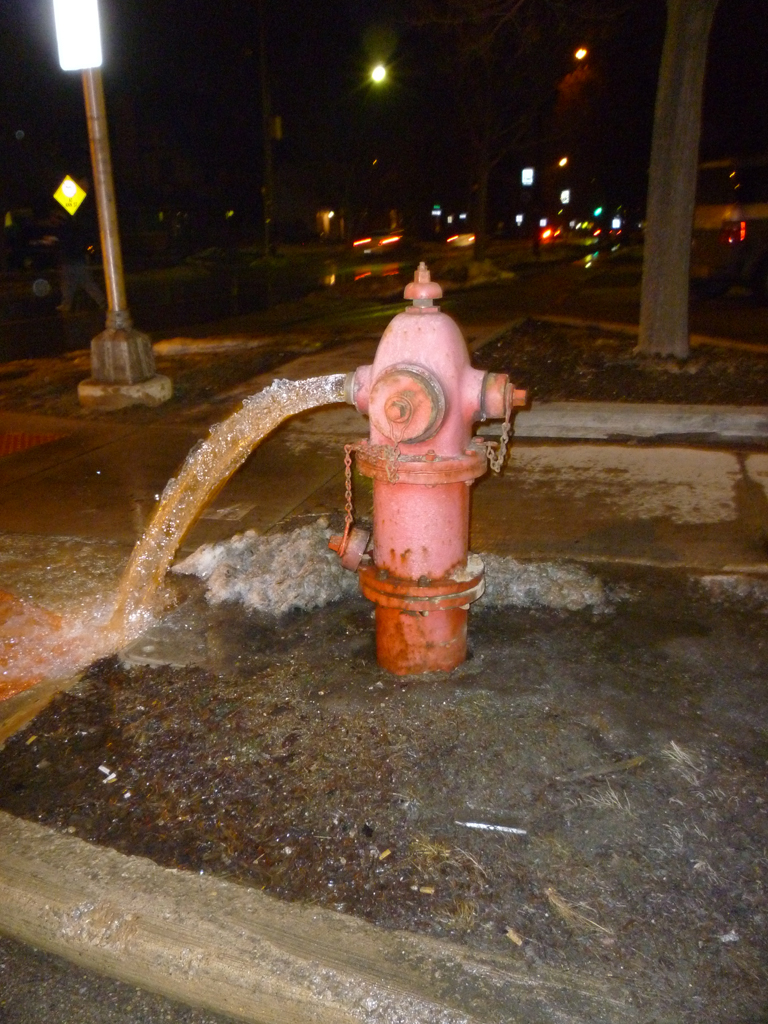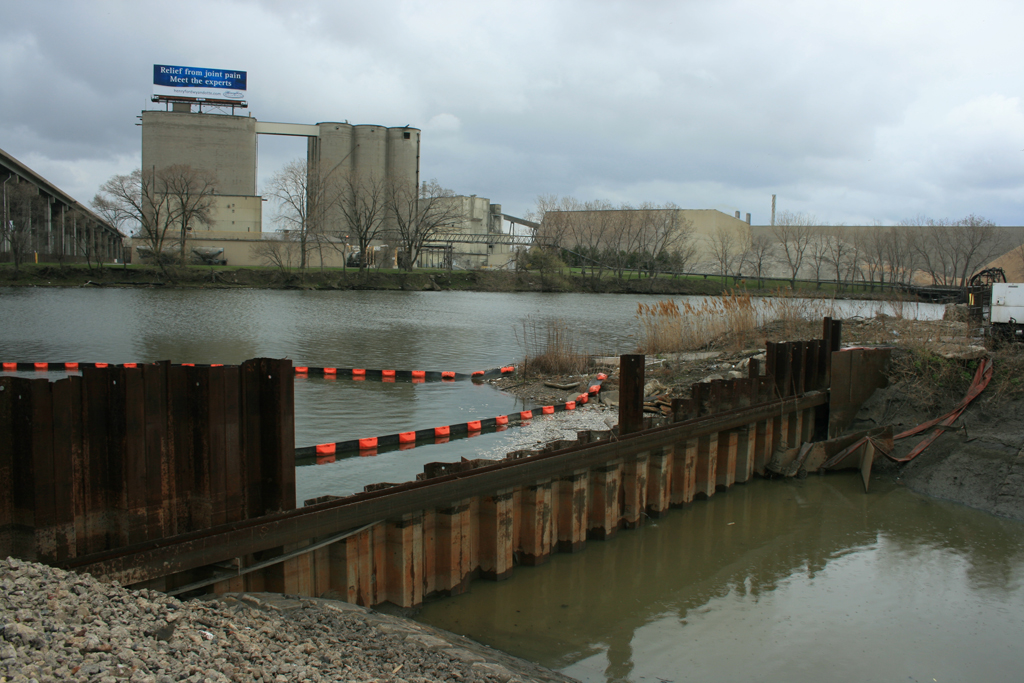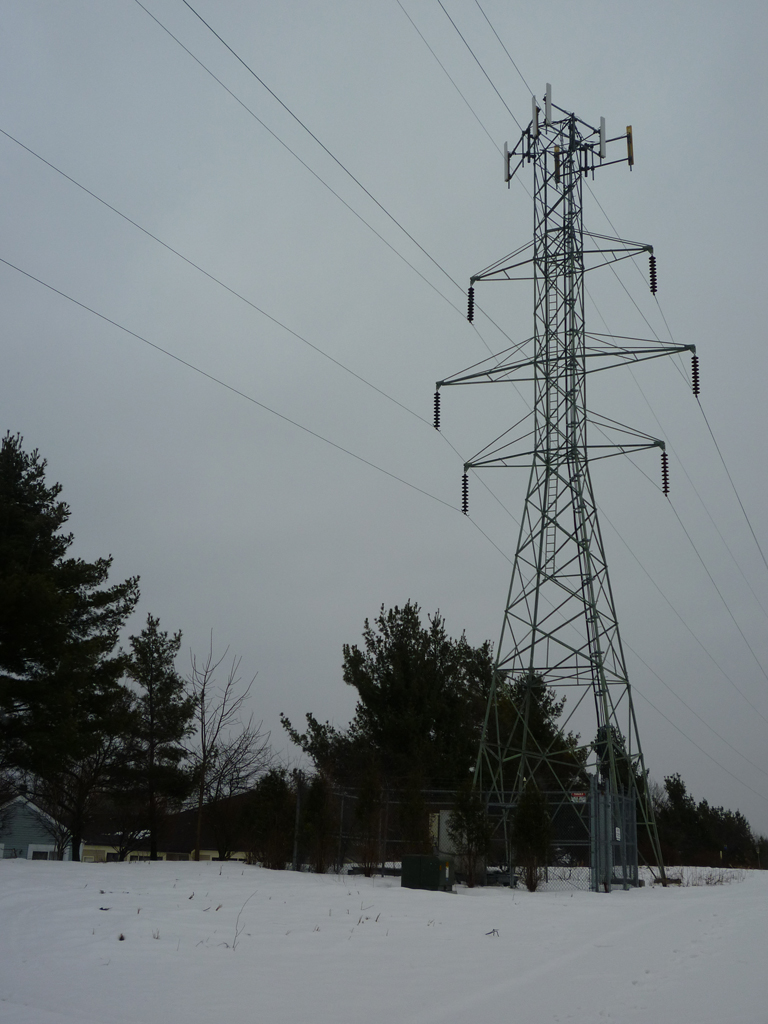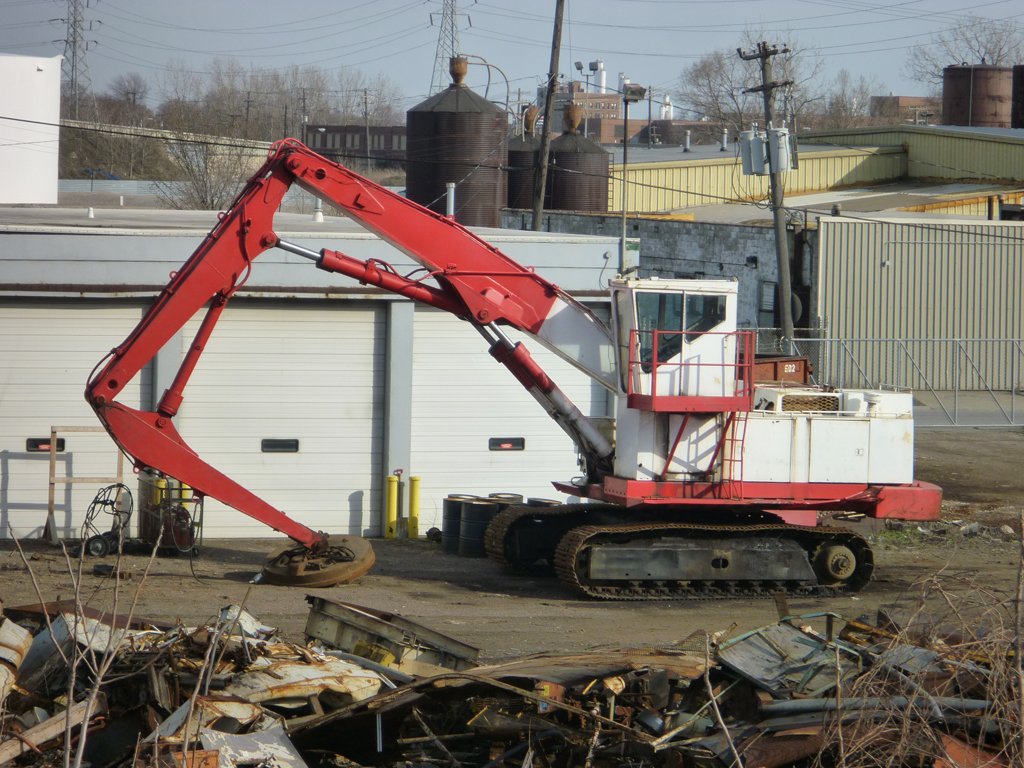
Photo Credit: Karl Jansen
Pictured here is a detention pond riser. The purpose of a riser in a detention pond is to manage the outflow of water from the pond. The rocks that surround the plastic tube help filter out large particulate matter such as sticks and leaves. The plastic tube is perforated with smaller holes that allow a managed amount of water to flow into the tube. Inside the tube, there is the beginning of a culvert that only allows water to exit once the elevation of the water level in the pond reaches a certain level. This culvert leads the water to it’s next destination on it’s path through the water cycle.
